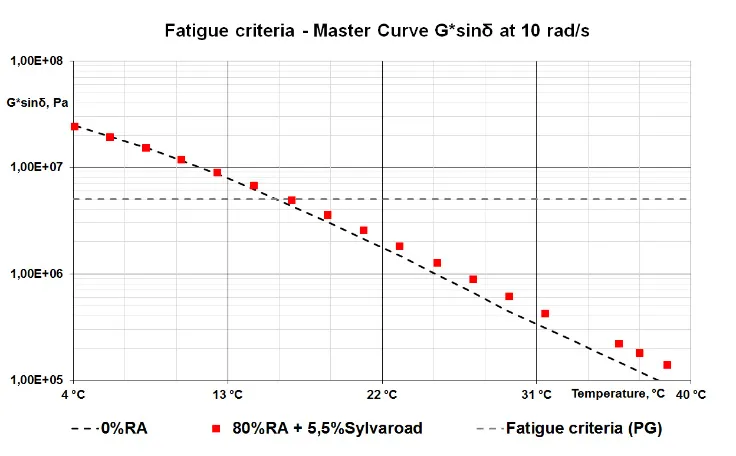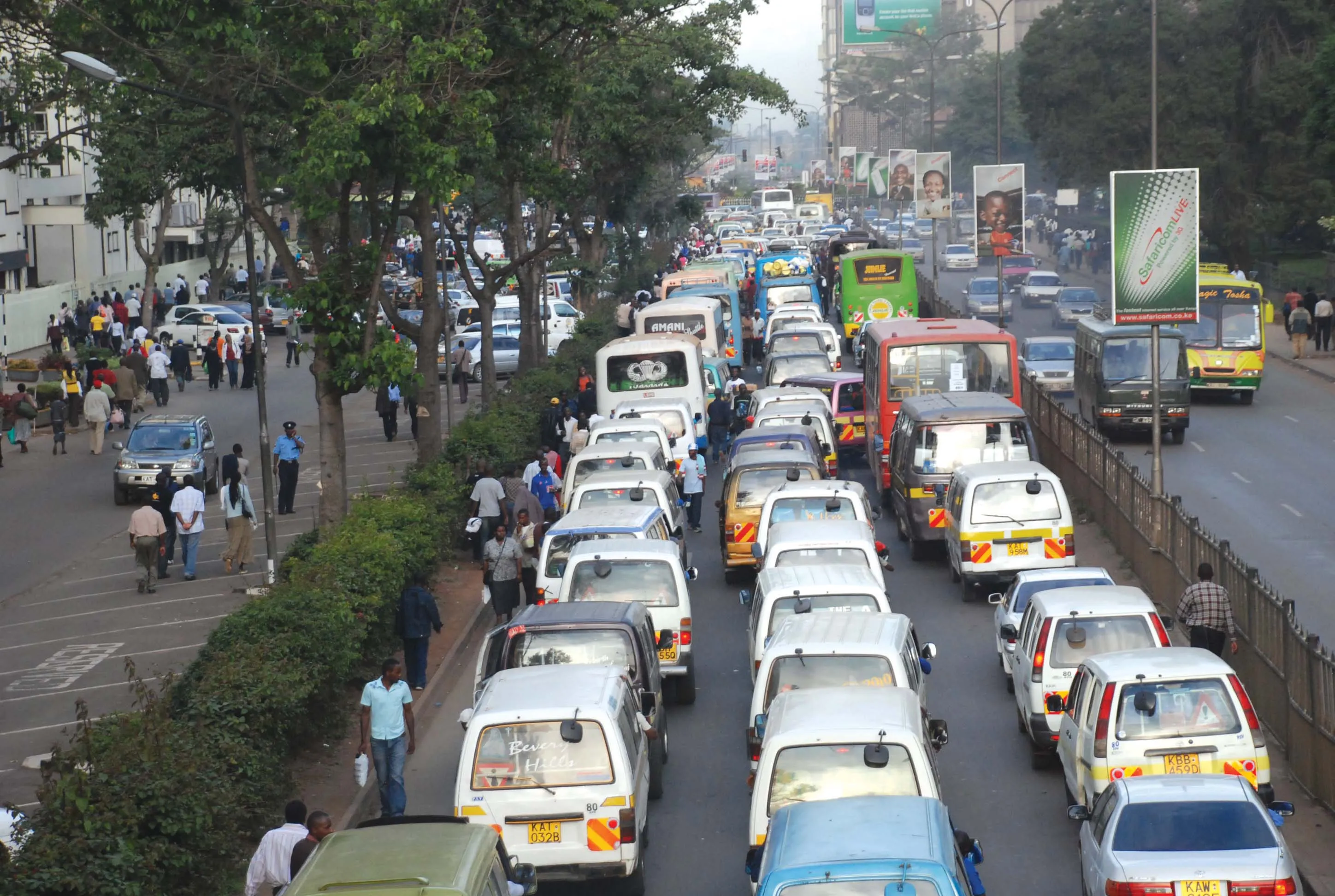
Some areas are particularly bad. The highway routes lying roughly between Munich in southern Germany and Milan in northern Italy (including the stretches in Austria and Switzerland) for example are notorious for jams and delays as Germans head south on holiday, and then later on, when they return.
However, even the worst highway jams in Europe are minor in comparison to those that can occur on China’s network at key public holiday periods.
Highways can cope well with large volumes of traffic but there does come a point when capacity is reached. And in queueing traffic, a moment’s inattention on the part of one driver can result in nose to tail impacts. Similarly, vehicles may overheat in traffic jams. And where ‘smart motorways’ are in use with no emergency lanes/shoulders, it means that damaged or defective vehicles cannot move out of the way and will continue to block active lanes, resulting in further hold-ups.
There has been considerable research into the behaviour of vehicles in queueing traffic. Rather than vehicles trundling along at a steady (albeit slow) speed, wave effects are common with vehicles speeding up and slowing down. The problem can be reduced if drivers maintain a distance from the vehicle in front, although in practice this may not be workable. Leaving such a space typically incites drivers of other vehicles to jump lanes in an attempt to make better progress.
It is worth noting too that the summer months may be peak times for road construction works. So the risks to road personnel and drivers may be heightened due to the combination of having many work zones on the highway and heavy traffic volumes.
There are some solutions. It is worth noting that in most instances, peak period traffic jams will be in one direction only. Procedures used in some US states for emergency evacuation by road allow for traffic to use both carriageways. These have been used in states such as Florida for hurricane evacuation procedures, with only limited (emergency) traffic heading back towards the danger zone. While such extreme measures are only likely to be necessary in emergency situations, there are systems that allow the number of lanes to be increased in a particular direction, should this be required. Movable barriers provide a physical separation and mean that traffic can be switched over to the opposite carriageway, while still ensuring vehicle safety overall.








